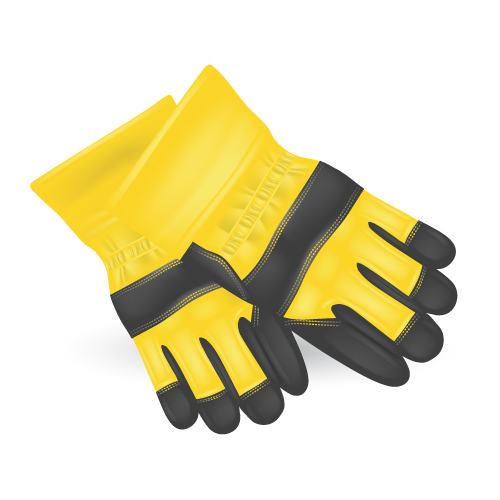Yesterday, we looked at the range of hazards workers can put their hands into. Today, let’s look at some strategies for controlling hand hazards.

Controlling hand hazards doesn’t necessarily begin with protective gloves. In fact, there are some situations where gloves can increase the hazard, rather than reduce it. Here’s how to keep workers from getting too hands-on with hazardous situations.
The Gloves Are Off
Some glove-free ways to protect workers’ hands include:
- Guarding hazards. “Hard guards” can help keep workers’ hands away from some types of hazards.
- Smoothing out the rough spots. Protect against cuts and abrasions by smoothing the edges and surfaces of equipment whenever possible.
- Using tools. Brushes, push sticks, and other tools can put some distance between the worker’s hands and certain hazards.
Great news! BLR’s renowned Safety.BLR.com® website now has even more time-saving features. Take our no-cost site tour! Or better yet, try it at no cost or obligation for a full 2 weeks.
The Gloves Are On
Of course, some hand hazards are best controlled with gloves. If this is your situation, it’s important to choose the right glove. Whether you’re choosing chemical protective gloves or gloves to protect workers against abrasion, cuts, and punctures, choose carefully.
- Cuts and lacerations. Severe cuts and lacerations can result from working with machinery and equipment such as:
- Abrasions. Severe abrasions, including scrapes and tearing of the skin, can occur when workers use, handle, or work in close proximity to:
Your one-stop safety management resource, available 24/7. Go here to take a no-cost site tour or here to try it in your own office!
If you’re choosing chemical protective gloves, there are three properties that are vital to determine whether a particular material will protect against a particular chemical:
- Degradation. Degradation refers to whether the glove material is physically altered by contact with the chemical. Does it crack, swell, soften, or shrink? Does it dissolve? Note that degradation ratings do not necessarily indicate how quickly a substance will break through or permeate a glove.
- Breakthrough time. This metric tells you how long it takes a detectable amount of a chemical to travel through the intact material of—or permeate—a glove. The breakthrough time indicates how long a glove can be used in contact with a chemical before the worker’s skin is exposed.
- Permeation. In addition to knowing how quickly the chemical will travel through the glove material, it is important to know the extent to which the chemical breaks through. Do only small quantities permeate the glove, or will the chemical pass through the glove in quantity, as if the glove material were not even there (for example, as dimethylmercury does through latex)? This measurement may be given as a number in units of micrograms per square centimeter per minute, or it might be given quantitatively (as “E” for “excellent” or “P” for “poor” permeation).
When it comes to safety, let hazards know you’re serious by “taking the gloves off”—and pulling out the resources available from Safety.BLR.com.
